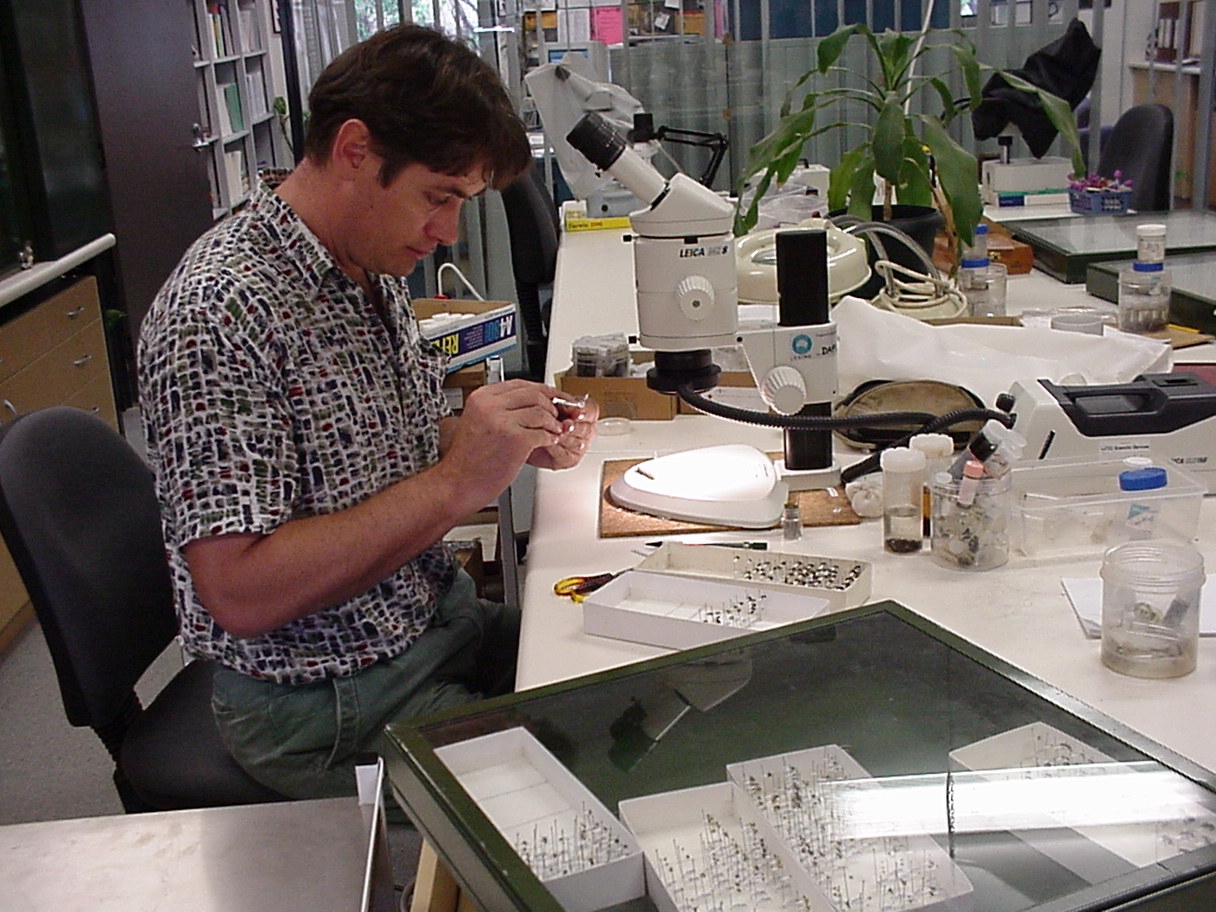20 August 2018
Effective rehabilitation is a major challenge for the many active and legacy mines across northern Australia, with best practice mine site rehabilitation aiming for ecosystem restoration, not just revegetation.
With the NT’s Ranger uranium mine due to be rehabilitated by 2026, it’s important to know which animals should be living at the site if rehabilitation is successful. A new Hub project led by Professor Alan Andersen of Charles Darwin University will help inform rehabilitation at Ranger and other mine sites by setting benchmarks for both vertebrate and invertebrate animals.
Professor Andersen recently became the first Northern Territorian to be elected a Fellow of the Australian Academy of Science for his outstanding work in the field of ant community ecology, and his invertebrate expertise will guide the project in surveying and identifying invertebrates present at natural reference sites adjacent to the mine and in the surrounding Kakadu National Park.
The project will also analyse long-term vertebrate monitoring data from Kakadu to develop potential faunal closure criteria that both incorporate international standards of ecosystem restoration and meet the rehabilitation objectives for the Ranger mine. This project is partnering with the Department of Agriculture, Water and the Environment’s Supervising Scientist Branch, the Northern Territory Government and Energy Resources of Australia Ltd.

This project will improve understanding of invertebrates in the mine’s surrounding environment. Photo supplied by Alan Andersen.
Want to know more about the Resilient Landscapes Hub's activities and our research into practical solutions to environmental problems? Stay informed about activities, research, publications, events and more through the Hub newsletter.